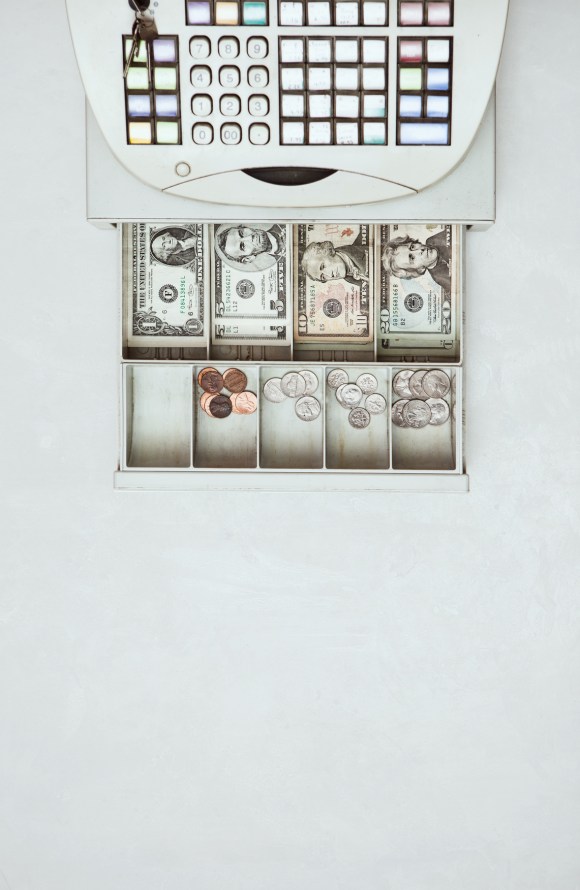Did you know that exactly 225 years ago, the United States Department of Treasury was established?
For all you history or finance buffs, that makes it the second oldest department in the federal government – right after the State Department.
Today, the Department of the Treasury is known as the financial arm of the United States, tasked with accounting, revenue collection, money production, and economic policy formulation. But before it took its rightful place in history, its journey began during the American Revolution.
The Backstory:
Realizing that our fight for independence would need financial weight, Congress had to find a solution to levy and collect taxes, and secure funds from foreign investors and governments.
This required the colonies to band together to contribute funds, alleviating the nation from growing national debt. One little known document also helped here – the Declaration of Independence – as this granted the U.S. to secure loans from abroad.
But it wasn’t until this historic date in 1789, when President George Washington officially recognized the department as a permanent government institute for managing finances.
To solidify the group’s cause, Alexander Hamilton took charge as the first Secretary of the Treasury – and still holds a place in U.S. currency as the proud face of the $10 bill.
What the Department Does Today:
Through American history, the department has evolved, but its primary function remains the same, to manage the country’s finances. Today, it is organized into two major factions, the departmental offices and the operating bureaus.
Through American history, the department has evolved, but its primary function remains the same, to manage the country’s finances. Today, it is organized into two major factions, the departmental offices and the operating bureaus.
The departmental offices formulate policy and manage the overall department, and the operating bureaus handle the day-to-day operations.
So what are the day-to-day functions (HINT: are taxes included)?
So what are the day-to-day functions (HINT: are taxes included)?
- Economic (domestic and international) and fiscal policy
- Government accounting, cash, and debt management
- Organize and implement tax and tariff laws
- Calculate and collect internal revenue
- Produce coin and currency
- Supervise national banks and thrifts

